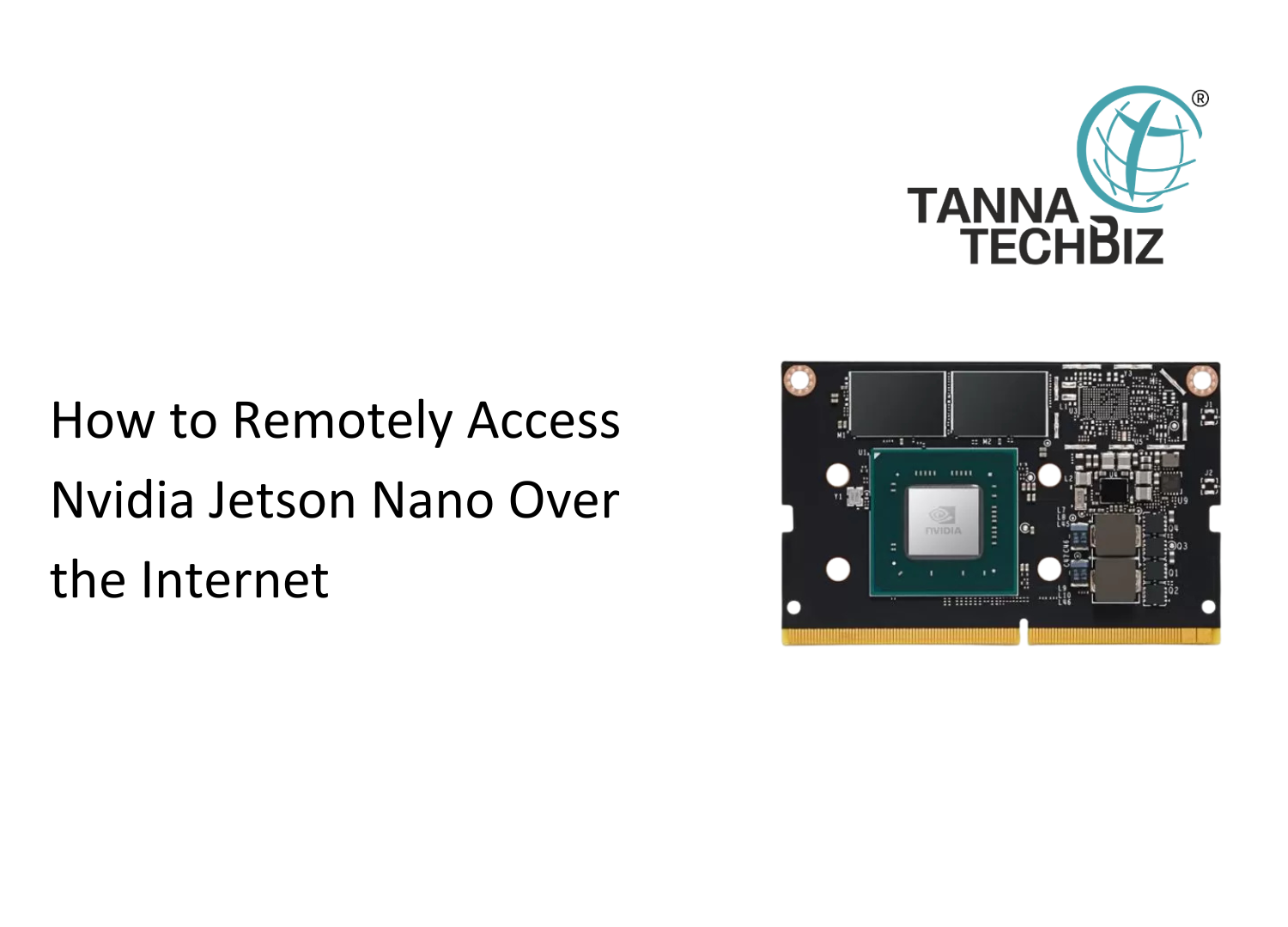How JetBot Uses NVIDIA Jetson for Real-Time AI Processing
October 24, 2025 14

In the world of educational and hobbyist robotics, JetBot AI Robot Kit stands out for one simple reason — it thinks in real time. Powered by NVIDIA Jetson Nano, JetBot can process complex visual and sensory data almost instantly, making it capable of object detection, autonomous navigation, and AI learning. But how exactly does JetBot achieve real-time AI processing? Let’s break down the technology that makes this possible.
Understanding the Core: NVIDIA Jetson Nano
At the heart of JetBot lies the NVIDIA Jetson Nano, a compact yet powerful computing module designed for AI and edge applications.
- GPU Power: The Nano’s 128-core NVIDIA Maxwell GPU provides the computational strength needed for deep learning tasks like image recognition and path tracking.
- CPU Support: Its quad-core ARM Cortex-A57 CPU handles sensor input, motor control, and real-time communication.
- Energy Efficiency: Despite its power, the Nano consumes as little as 5–10 watts — perfect for mobile robots like JetBot.
This balance of performance and efficiency allows JetBot to handle multiple AI models simultaneously without lag.
Real-Time AI Processing Explained
When JetBot encounters an object, the camera captures the scene, and the Jetson Nano’s GPU quickly analyses the data using neural networks.
Here’s how it works step-by-step:
- Image Capture: JetBot’s camera continuously streams live video.
- AI Inference: Pre-trained models (like YOLO or SSD) run on Jetson Nano, identifying objects within milliseconds.
- Decision Making: Based on AI output, JetBot decides whether to move forward, stop, or avoid an obstacle.
- Action Execution: Motor commands are instantly sent, allowing fluid, autonomous movement.
This seamless feedback loop — from vision to action — is what makes JetBot feel “intelligent” in real time.
Real-World Applications
JetBot’s AI processing capabilities make it ideal for:
- STEM Education: Teaching students about robotics, computer vision, and Python programming.
- Research Projects: Prototyping smart vehicles, autonomous drones, or home automation systems.
- AI Experimentation: Testing neural networks for tasks like face detection or gesture recognition.
Takeaway: A Hands-On Gateway to AI Learning
JetBot isn’t just a robot — it’s a learning companion that demonstrates how NVIDIA Jetson brings real-world AI to life. Whether you’re an educator, student, or developer, experimenting with JetBot provides a hands-on understanding of how machines see, think, and react — all powered by real-time AI processing at the edge.



